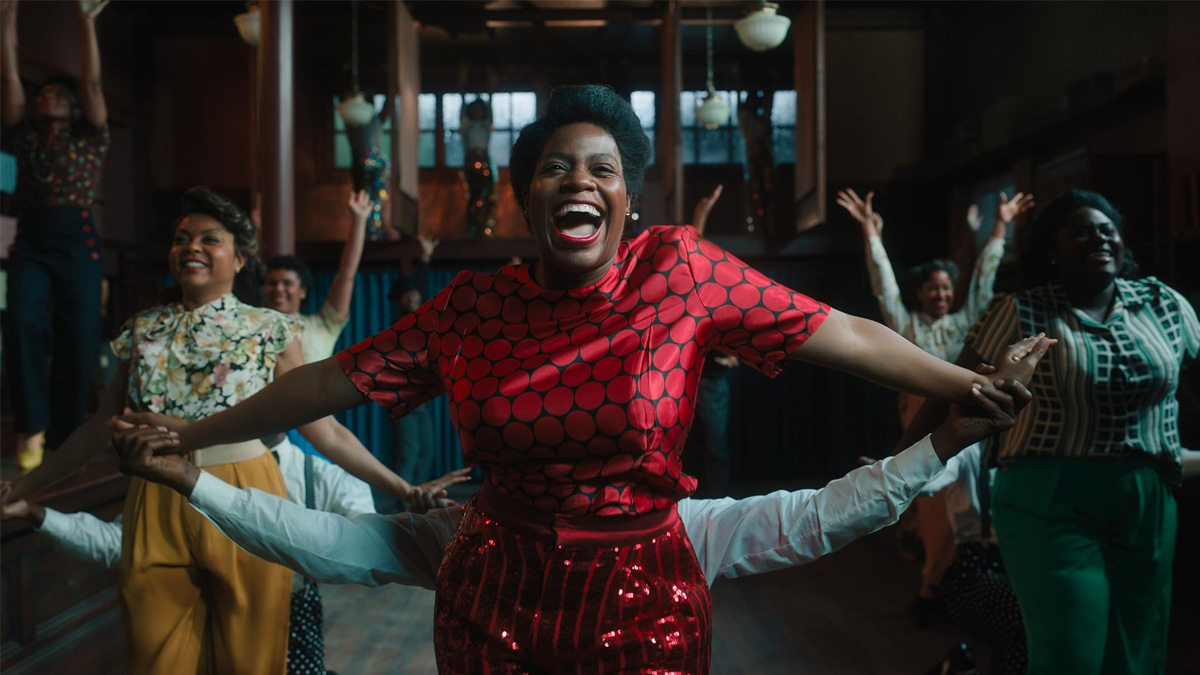In his The Color Purple review, Kevin Bourne calls the film “a barrier-breaking ode to the strength of Black women everywhere”.
For a number of years, Christmas Day has been the release date for some of the biggest films of the year. One of the movies that was released this Christmas day was The Color Purple.
Starring an all-star ensemble cast, including Fantasia Barrino, Taraji P. Henson, Danielle Brooks, Halle Bailey, and Colman Domingo, The Color Purple is a coming-of-age period drama about the struggles of African-American women in the South in the early 1900s. It follows the main character, Celia (Phylicia Pearl Mpasi, Fantasia Barrino), as she suddenly becomes a young bride, step-mother and wife to her abusive husband “Mister” (Colman Domingo), while being separated from her sister and best friend, Nettie (Halle Bailey, Ciara).
Directed by Blitz Bazawule (Black Is King, The Burial of Kojo) and produced by Oprah Winfrey, Quincy Jones, and Steven Spielberg, the film is an adaptation of the Tony Award-winning Broadway musical (and not the original film) which means music and choreography are front and center. From the opening scene, The Color Purple is a homage to Black music, from Gospel and Soul to Jazz.
It’s equal parts informative and entertaining in its storytelling. Every once in a while, a film comes along that makes you feel proud to be Black―The Color Purple is one of those. For Black audiences, it feels like a homecoming with both jokes and struggles that resonate with the Black experience, and references to Africa and slavery that tie together the North American and African diaspora. For non-Black audiences, it’s a chance to learn more about the historical experiences of Black people and how they may still be affecting our community today.

Although the music and choreography elevated the film, it was buoyed by award worthy performances from Barrino, Henson and Brooks. The trio delivered exceptional vocal and acting performances while conveying the ups and downs of being a Black woman in the South during that period.
With some viewers leaving the theater in tears, the film clearly resonates with Black viewers. With the industry relegating Black stories to the back burner in the past, even snubbing many nomination worthy Black films and TV shows, one wouldn’t be wrong to question whether critics and general audiences would see the creative genius of this film. I know I did. I left the theater convinced this would be another Black film that our community would love, but would fall flat with others. Fortunately, I was wrong. Barrino and Brooks were rewarded with award nominations and early box office numbers already point to The Color Purple being a commercial success.
What makes the film a resounding success with general audience is the universality of the story. The Color Purple is a good old rags to riches story with an underlying and still relevant message of women’s empowerment as the lead character, Celia, goes from unlikely underdog to successful entrepreneur in a time when both women and Black people faced major societal barriers. Overall, The Color Purple is a barrier-breaking ode to the strength of Black women everywhere.
The Color Purple is screening in theaters everywhere.
Kevin Bourne is SHIFTER’s Toronto-based editor-in-chief and Senior Entertainment Reporter focusing on Black music and film & TV. He was named an international voters for the 81st Golden Globe Awards by the Hollywood Foreign Press Association and a Tomatometer-Approved Critic by Rotten Tomatoes.
Related content:
FILM REVIEW – CANDY CANE LANE HAS “INSTANT CLASSIC” WRITTEN ALL OVER IT




